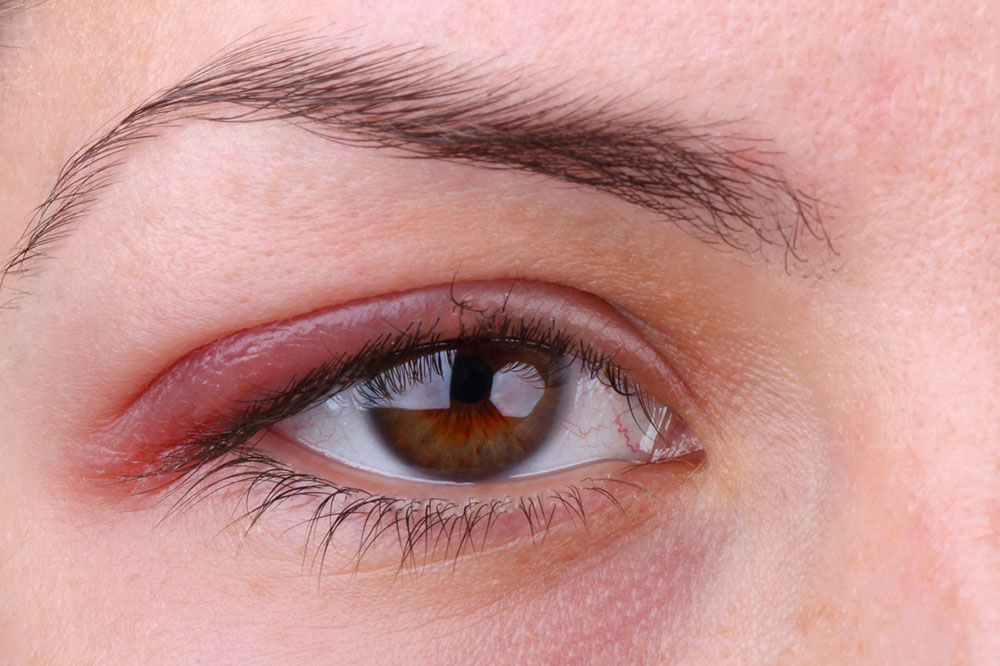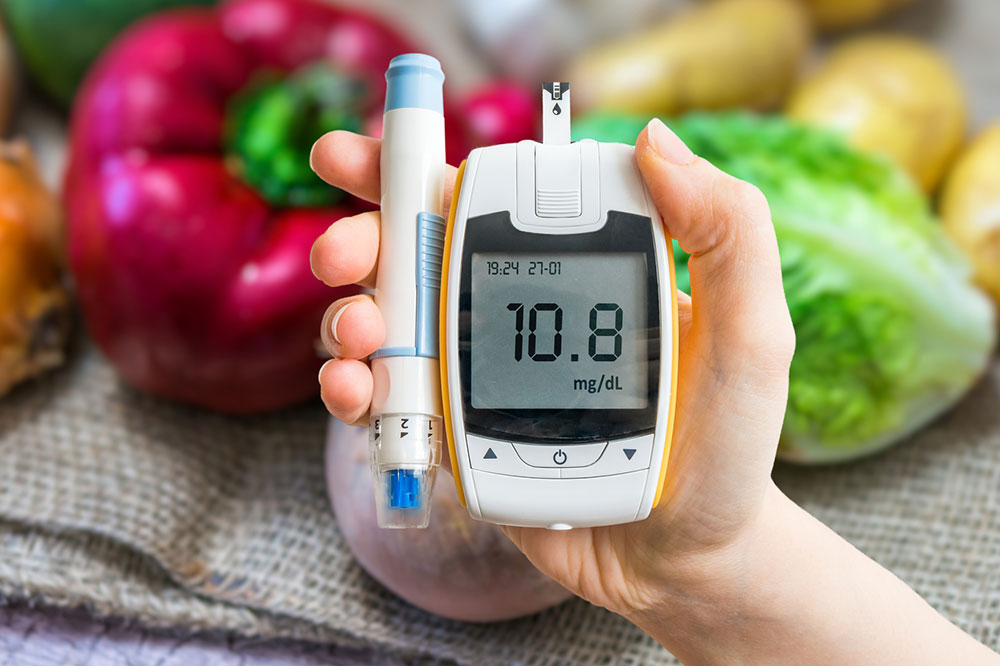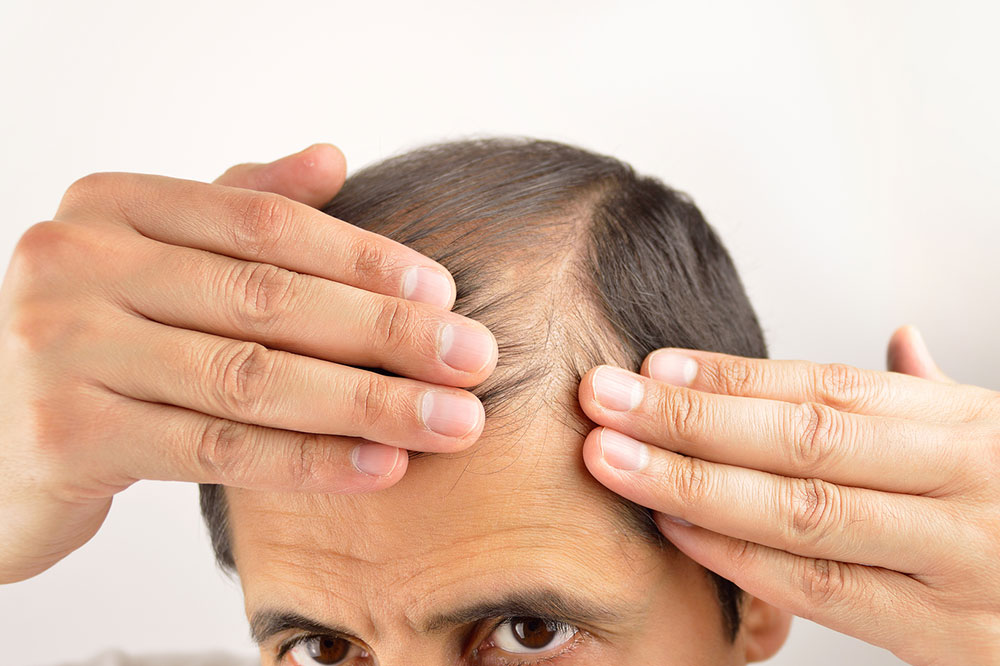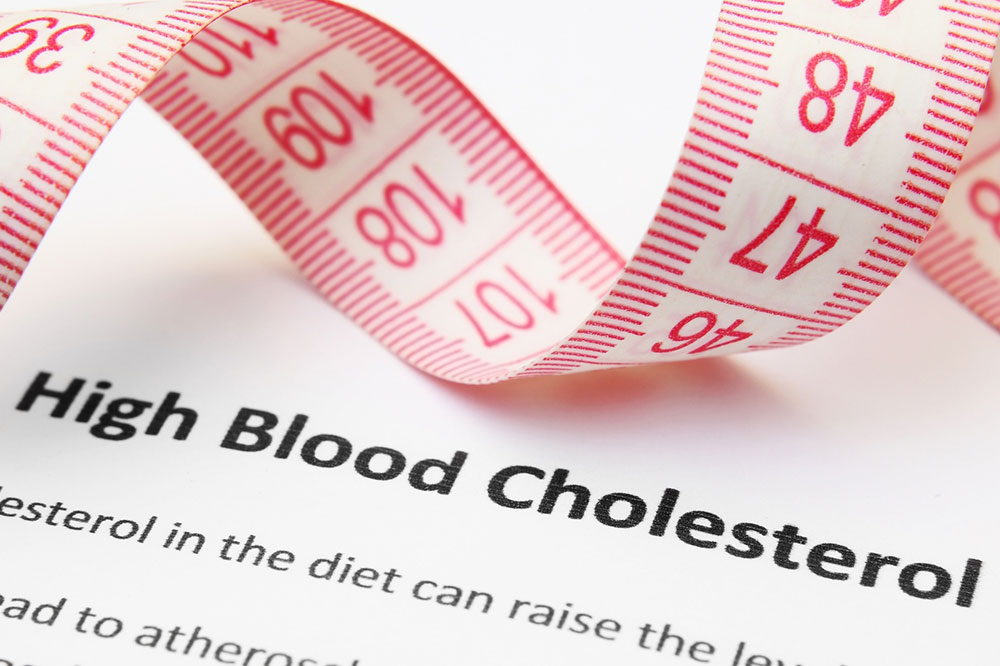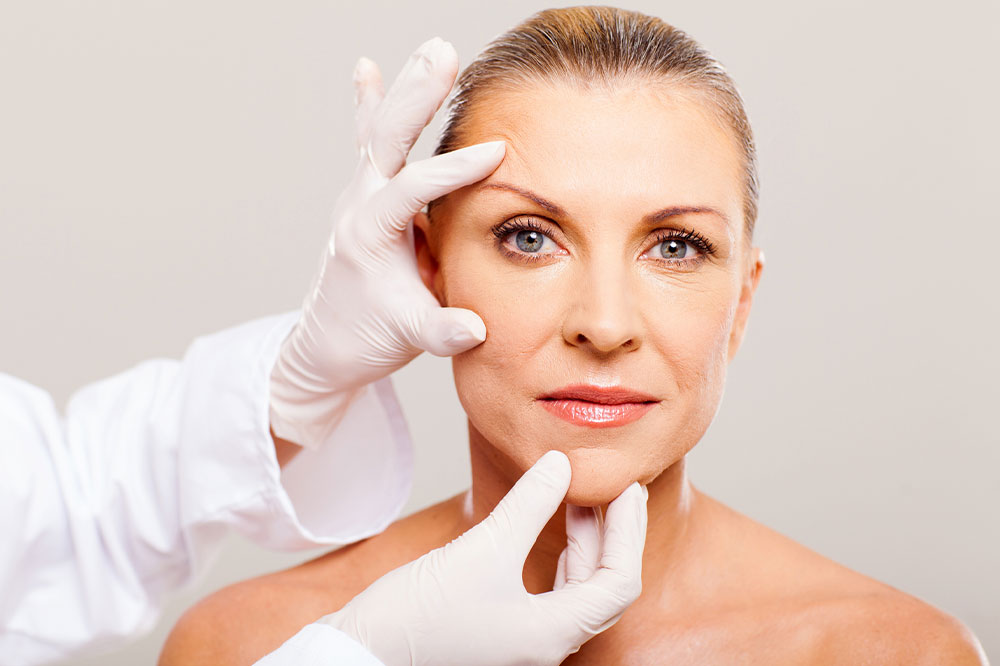Top 3 conditions that affect eye health
Many people face eye health issues at some point in their life. While some of these issues are minor and tend to resolve on their own or with basic treatment, others are severe and require a specialist’s care. There are multiple reasons for poor eye health, which might lead to partial or total blindness. In this article, we have listed the three most commonly diagnosed eye conditions, along with their symptoms and risk factors. Glaucoma Glaucoma is the second biggest cause of permanent blindness among people in the country. The aqueous humor is a watery fluid found in the eye’s anterior chamber where the camera, iris, lens, and pupil are located. This fluid is vital to the functioning of the eyes, as it maintains the requisite pressure called the Intraocular Pressure (IOP) and provides nutrients to help maintain the shape of the eye. An increase in this pressure leads to glaucoma. Symptoms In most cases, glaucoma is asymptomatic and progresses gradually, but the symptoms may appear gradually in some cases. Here are the common signs of this eye condition: Nausea Blurry vision Severe eye pain, along with nausea and vomiting Redness of the eye Headache Tenderness in the surrounding area Viewing halos around lights Risk factors Ethnicity African-Americans face a higher risk of this condition that affects eye health.
Read More 